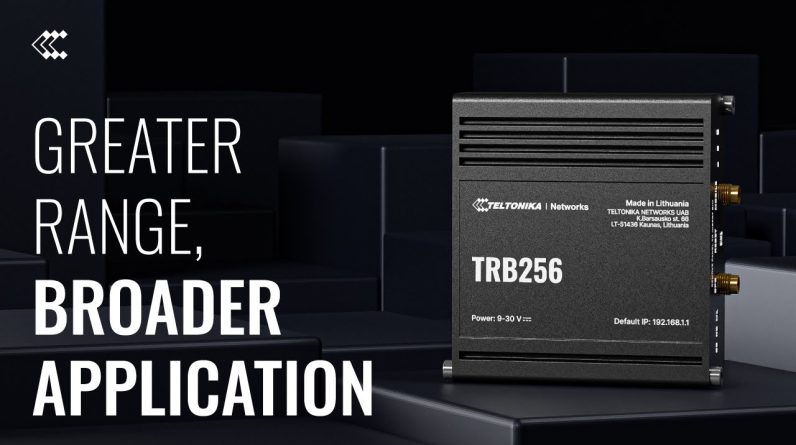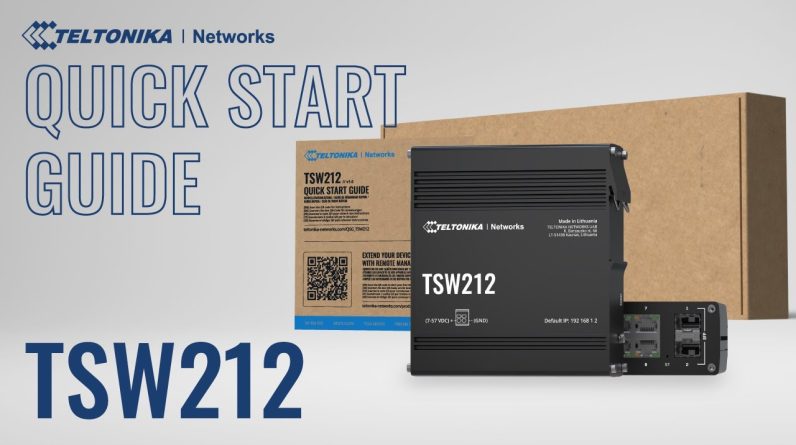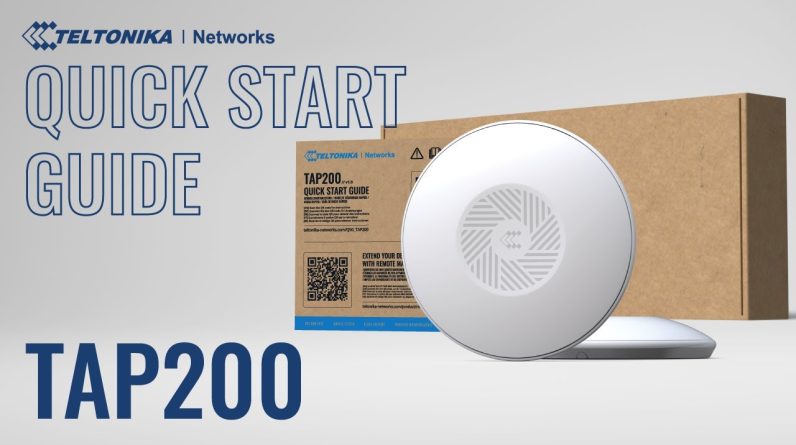How to Secure Your WiFi From Hackers
Using a firewall is one of the best ways to secure your WiFi from hackers. Firewalls come with some routers, and are a great way to keep hackers out. However, they can be disabled through the router’s settings, so be sure to turn them on. Another factor that affects security is where you put the router. Placement can have a huge impact on the security of your wireless network, so be sure to consider where you place your router.
Encryption
Encryption is a basic security measure that can help keep your information private. Wireless networks are especially vulnerable because they don’t require a physical connection to transmit data. Anyone who is parked near your location can use free software to read the data that is being transmitted. Encryption is essential for protecting your data. You can also buy WiFi routers that come with encryption built in. It’s worth the money to make sure that your wireless network is secure.
To secure your WiFi network, you should first set a strong password. It should be at least eight characters long and include lowercase and uppercase letters, numbers, and special characters. The password is the key that connects you to your wireless network. It’s important that the password you choose is as strong as possible. Otherwise, it may be easy for someone to break into your network and steal all your data. Once you’ve installed encryption, you can change the passwords to make your wireless network even more secure.
Another step to secure your WiFi is to change the SSID. The SSID stands for service set identifier. Most wireless router manufacturers give their products a default SSID, which is usually the company name. The SSID is publicly broadcast, so hackers can easily break in. Change the SSID to a name that does not give away your personal information. If you have any doubts, check with the manufacturer of your router to get a free SSID.
You can also use Wi-Fi routers with encryption. WPA2 is the current standard for WiFi encryption. You can find it by looking at the label. Some routers even have WPA2-PSK or WPA2-Personal encryption. WPA2 encryption prevents unauthorized people from reading any data you send. You can also install WPA2-Enterprise if your router supports this protocol. It’s important to use encryption if you’re worried about your data being stolen.
MAC address locking can also help secure your WiFi. MAC address filtering is a very useful feature for smaller networks. MAC addresses are used by wireless routers to verify which devices can connect to the network. By locking MAC addresses, you’ll prevent hackers from being able to use the signal without authorization. It can also protect your personal information from identity theft. If you’re worried about security, consider changing the setting in your smartphone.
Hide SSID
To hide your WiFi network’s SSID, you need to change the settings in your router’s wireless settings. If it’s set to public, it will be easily detected by hackers. However, hiding the SSID is unnecessary for security purposes. Disabling the broadcast of the SSID will not increase the security of your network. The SSID is embedded into every data packet, and hackers can easily sniff it using wireless packet sniffing software.
Another disadvantage of hiding the SSID is that users can’t use it to connect to your network. Those people trying to hack into your network can easily figure out how to connect to your network if they know the SSID of your wifi. Hiding your SSID will make it more difficult for people in your neighborhood to find your network, but it won’t prevent attacks altogether. It’s a good idea to use this feature in conjunction with other Wi-Fi security controls, as hiding your SSID can’t completely prevent attacks, but it can significantly reduce the chances of them happening.
Another benefit of hiding the SSID is that it simplifies user experience. The SSID of your network will no longer appear in the list of available networks in your clients, which will be easier to locate. In dense areas, hiding the network’s SSID will make it easier for people to find it. In addition to securing your wifi, hiding your SSID can make your Wi-Fi network easier to detect for hackers and inexperienced users.
SSIDs are essential for securing your wireless network. They are used to identify your network. If you don’t want your network to be discovered by a hacker, you can hide your SSID. This will prevent the SSID from being visible by everyone in the area. The only drawback of hiding the SSID is that it may become harder to get the same signal as your network.
To hide your WiFi network’s SSID, you must first determine which network you want to be hidden. In general, most devices operate on AP mode. These devices send an HEX code containing the network name as a hexadecimal value of 0x00. It is possible to guess the network name by looking at the length of the hexadecimal. If you’re in a corporate environment, SSIDs are more likely to be self-explanatory and follow a predictable pattern. The longer the name is, the more likely it is that it will be hidden.
MAC address filtering
If you’re looking to secure your WiFi network, you’ll want to use MAC address filtering. This is a method that allows you to define and administer a list of allowed devices. However, this method is not a true security solution. In fact, it provides little real security, and most people should not bother using it. MAC address filtering isn’t a very useful tool, and it’s often not even needed.
First, you need to know what MAC address filtering is and why you should use it. MAC addresses are also known as Organizational Unique Identifiers, and you can find out what it is by requesting the MAC address database from your router or modem. It won’t give you the name of the device, but it will tell you its vendor. This feature can protect your network by allowing only those devices to connect to your network.
Another benefit of MAC address filtering is that it keeps hackers from sniffing your network. Since most people don’t know how to spoof a MAC address, MAC filtering will keep your network safe from unintentional connections. However, MAC address filtering isn’t the same as content filters, which will prevent specific traffic from passing through your network. You must configure your network interfaces with the correct MAC address to ensure your network’s security.
While MAC address filtering is a great way to secure your wifi, it can’t protect your network 100% from hackers. It can be ineffective if your neighbors don’t know how to change their MAC address. The same mechanism used to change your MAC address is also used by hackers. Therefore, it is important to secure your wifi with other security measures. The more secure measures you implement, the safer your network will be.
However, it’s important to note that MAC filtering is easy to break. Simply sniffing the network traffic between your laptop and wireless access point will show that MAC addresses are not encrypted. To do this, you need to use a tool called a network traffic sniffer, such as Airodump-ng or NetStumbler. You can use these tools to analyze and decipher network traffic to see if there’s any hidden information.
Firewall
Using a firewall is a good way to secure your wifi network. By default, your router will have a firewall built-in. It will check all incoming network traffic against a database. Only network traffic that passes this test is allowed to connect. However, if you want to continue using your network, you can disable the firewall or use port forwarding to work around it. You should also be aware that the firewall will block many websites.
Make sure that your internet-enabled devices have the latest versions of their operating systems and web browsers. You should also update these devices’ security software, including antivirus and anti-malware software. Once the devices are updated, they should be secure. Make sure to change the default username of your router. You should use a strong password that is not personal. You should also make sure that your WiFi network name is unique and contains upper and lower-case letters, numbers, and alphanumeric characters.
Another important thing to keep in mind when setting up a WiFi network is the service set identifier (SSID) broadcast by the router. This is a standard name used by ISPs to identify networks. If the SSID contains personal information, it’s possible that someone listening to your network could use that information to try to crack your password. The service set identifier will also be broadcast to the outside world, so hackers can use it to identify your network.
The best way to protect your WiFi network is to make sure that you use a WPA version of encryption. The older WPA version is vulnerable to brute-force attacks. MAC address filtering is another way to secure your network. In addition to WPA, your router should also feature a guest wireless network. For the guest network, use a strong password and only allow access to people who need it. It’s important to make the guest network password separate from the main one.
To set up a firewall on your router, you’ll need to go to the settings page of your device. Most routers come with “firewall” sections. To turn them on, log in to your router using your IP address and find the toggle for enabling the firewall. The downside to enabling the firewall is that it slows down the speed of your internet connection. If you’re doing heavy gaming or other internet tasks, firewalls may slow down your connection.








